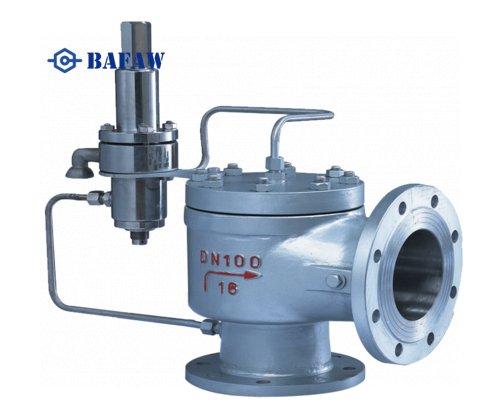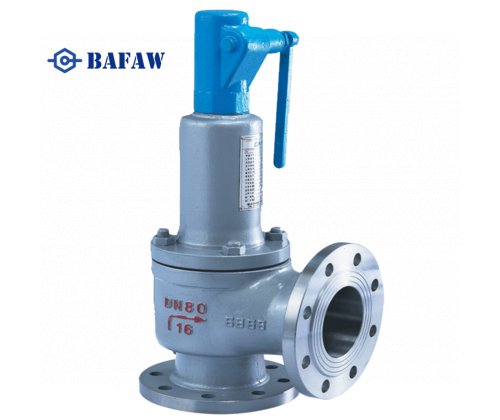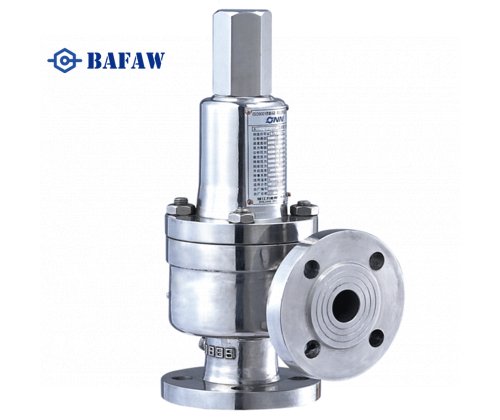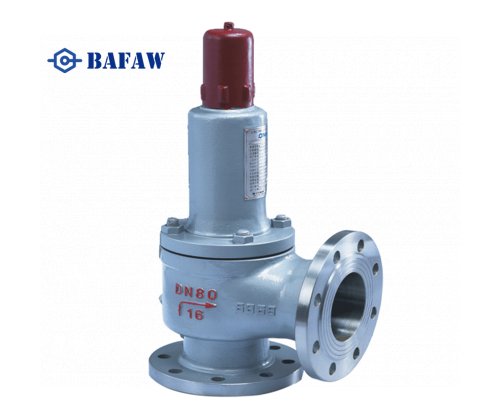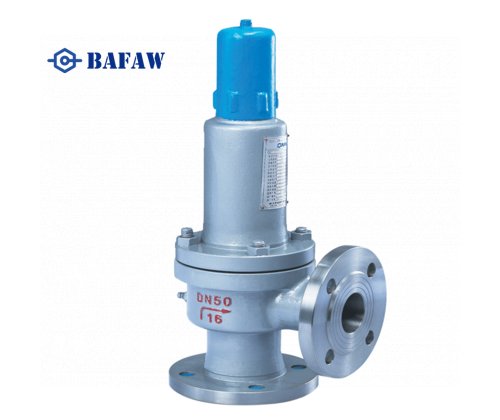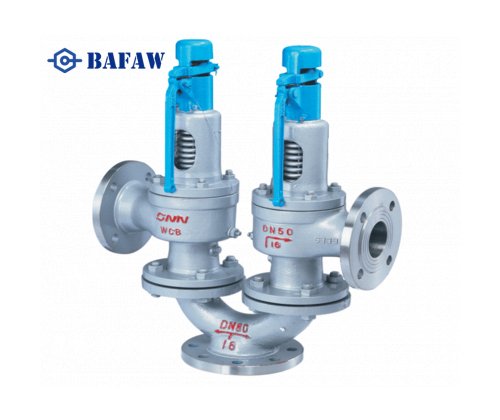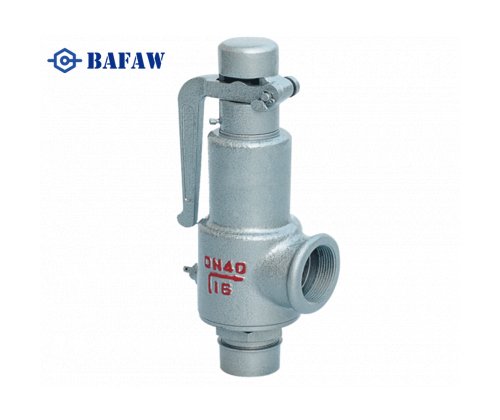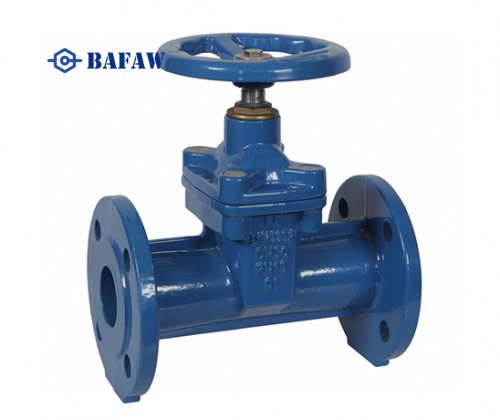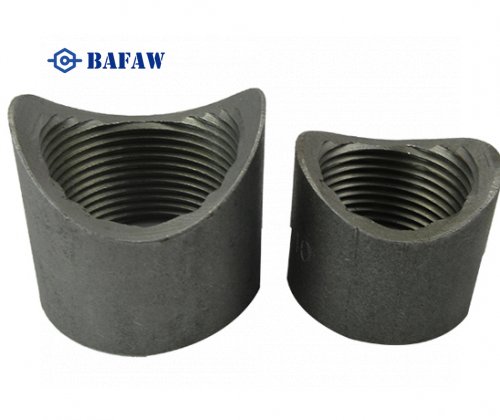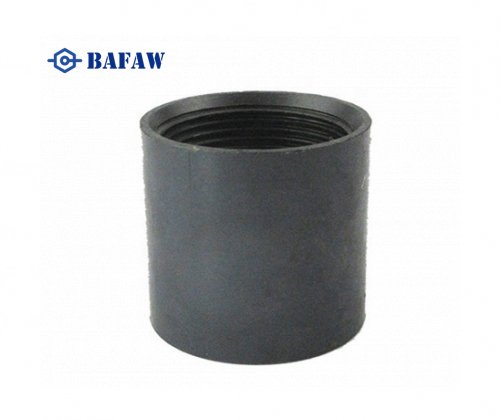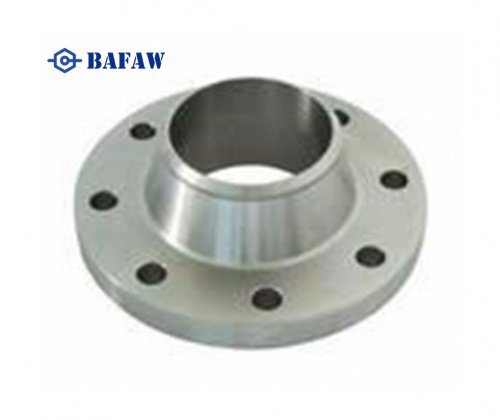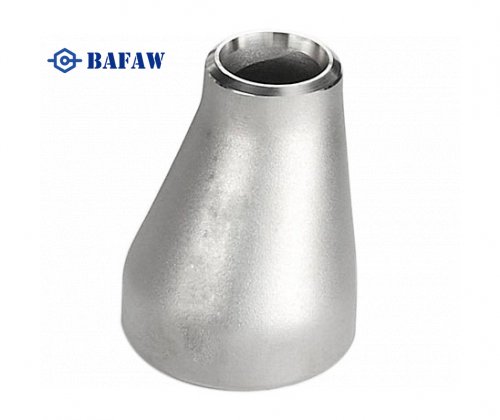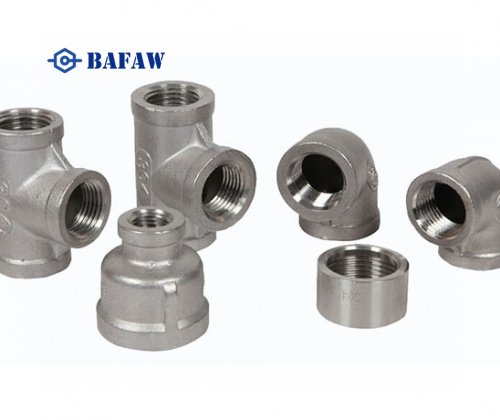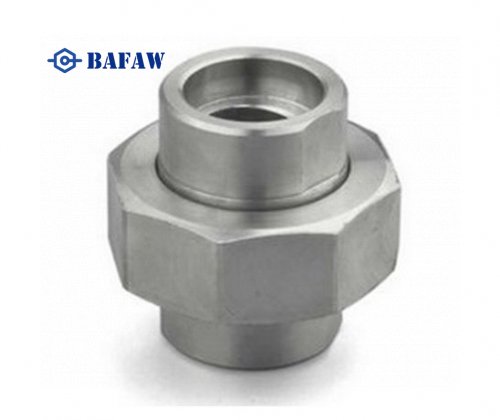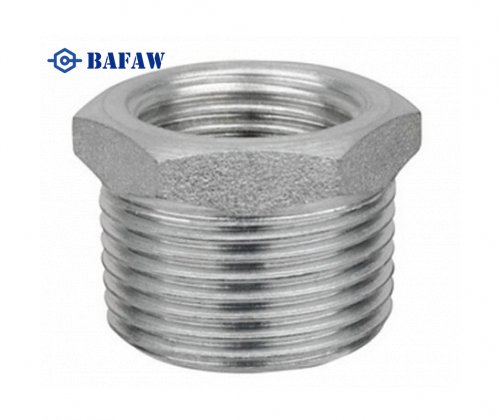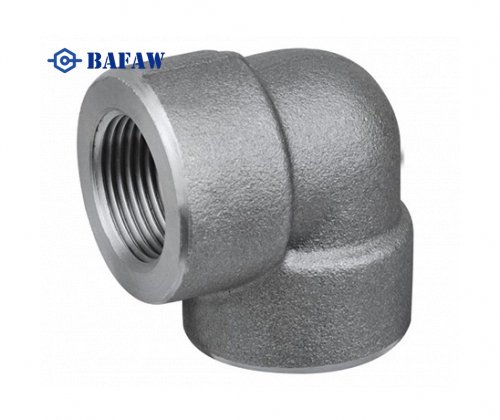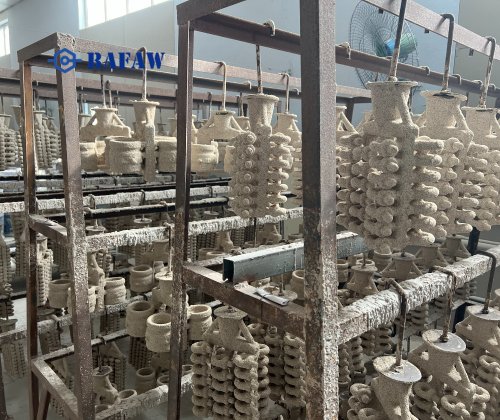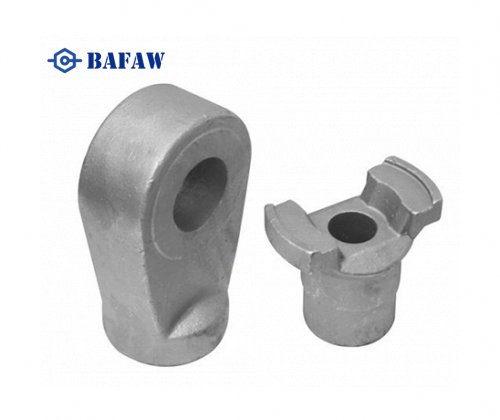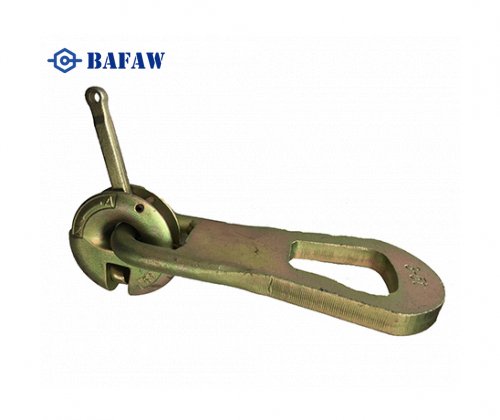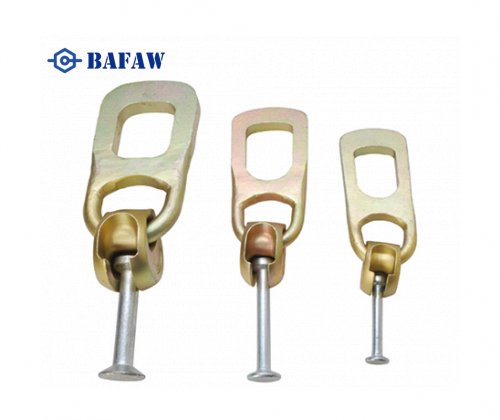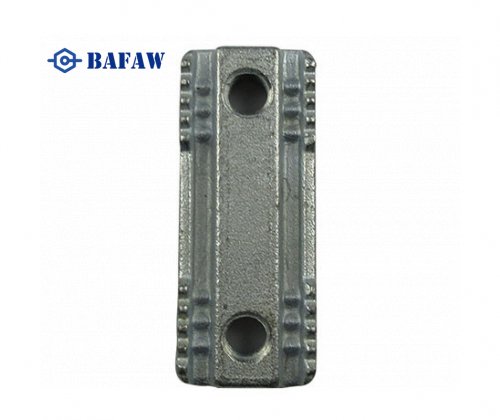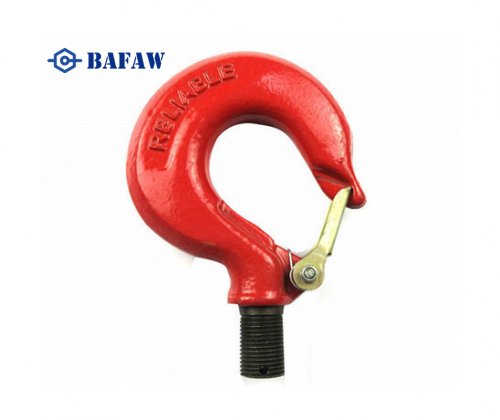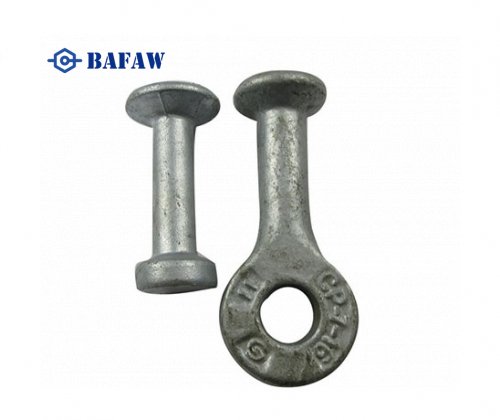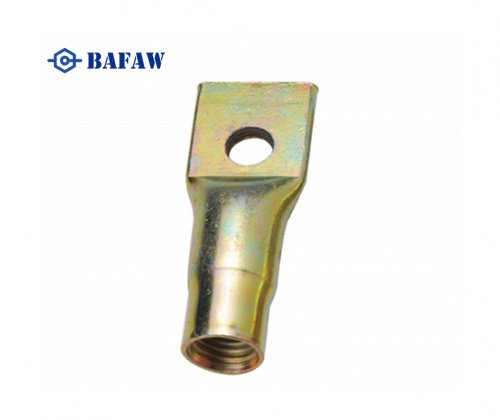Petrochemical Industry:
Accurate Cv calculations are important for controlling the flow of a wide range of hydrocarbons with different viscosities and densities.
Selecting valve internals based on CV helps to control erosion and noise at high pressure drops.
Pharmaceutical Manufacturing:
Ultrapure water systems require valves with specific CV values to maintain accurate flow rates for pharmaceutical formulations.
Sanitary valves with predictable CV characteristics better maintain product quality.
Power Generation:
In steam systems, CV calculations must take into account the compressibility and phase change of steam at different pressures and temperatures.
Feedwater control valves use CV characteristics to optimize boiler efficiency and respond to load changes.
Industry-Specific CV Solutions
Different industries face different CV-related challenges:
Pharmaceutical industry: In sterile pharmaceutical environments, traditional CV testing methods are often not applicable. A non-invasive acoustic-based CV measurement technique is more suitable and can accurately measure CV values without disrupting the sterile environment.
Aerospace: Traditional CV models fail under extreme temperature and pressure conditions. Machine-learning-based CV prediction models can then accurately predict valve performance over a wide operating range.
Subsea oil and gas extraction: Deep-sea environments present unique challenges for CV measurements. Remotely operated CV test systems allow real-time adjustment and optimization of valve performance on the seabed.
Advanced Application Techniques
Dynamic CV Analysis: Using dynamic CV analysis during batch processes can dramatically improve product consistency.
Multivariate CV Optimisation: In large projects, implement a multivariate CV optimization strategy that takes into account flow, pressure, temperature and fluid composition simultaneously. Not only does this improve system efficiency, but it also significantly reduces energy consumption.
Balancing CV and noise control: High CV values are often accompanied by high noise levels. By optimizing the internal structure of the valve, it is possible to achieve high CV while reducing noise levels.
Emerging Technologies and Future Trends
Based on years of observation and research, the future development of Flow CV will be in the following directions:
AI-driven CV optimisation
Nanotechnology in valve design: Nano-coating technology will revolutionize the internal surface characteristics of valves, enabling unprecedented CV control precision.
Quantum Sensors in CV Measurement: Although still in its early stages, quantum sensing technology has the potential to enable ultra-precise measurement of CV, especially in microfluidic systems.
Bio-inspired valve design: The world's top valve engineers are currently exploring and mimicking new valve designs that mimic fluid control mechanisms found in nature (e.g., water regulation systems in plants), which could lead to revolutionary breakthroughs in CV control.
Flow CV, although a classical concept, is still deepening in its application and development. Continuous innovation and interdisciplinary cooperation are key to driving this field forward. In the future, Flow CV will not only continue to be a core parameter for fluid control, but will also become an important component of smart manufacturing and Industry 4.0.

















